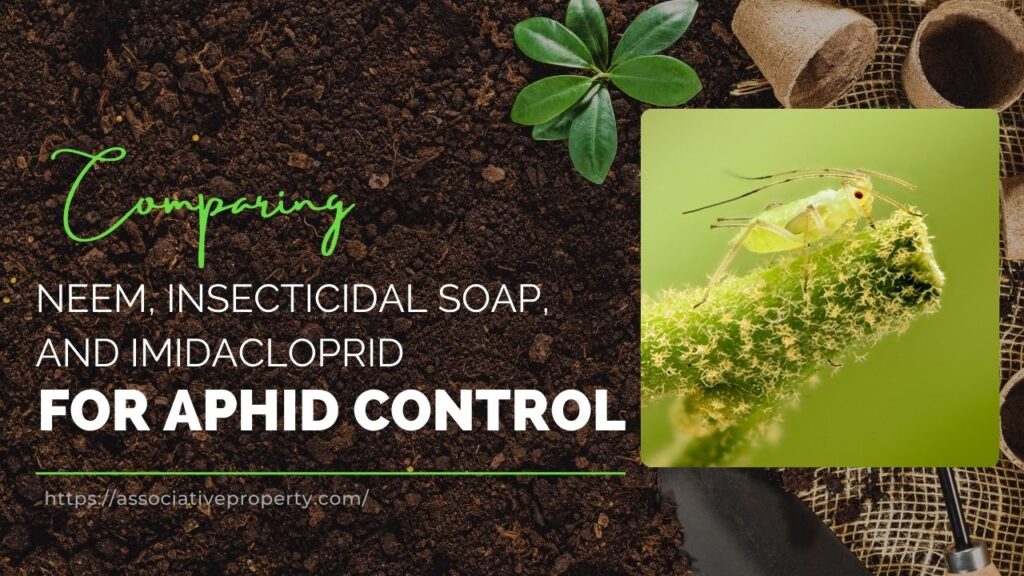When I was a kid, I was terrified of earwigs. I believed they could crawl into your ear while you slept and eat your brain! While that’s not exactly true, they can wreak havoc in the garden, especially on your plants and soft fruits.
Recently, after a blog I posted on aphids, I took a survey in our private Facebook gardening group asking about the most troublesome pests and diseases. Earwigs came up a lot, so I decided to write about this – the next topic in our pest series.
Related: 6 Organic Ways I Use to Prevent and Kill Cabbage Worms
Spotting Earwig Damage

We all know what earwigs look like — those creepy pincers at the tail end are hard to miss. But identifying their damage can be tricky. Here’s what to look for:
- Ragged holes or jagged edges on leaves
- Damage that looks like it’s from caterpillars
- Bored-out holes in soft fruits like peaches and plums
If you see this, head out at night with a flashlight. That’s when earwigs are active, and you can confirm whether they’re the culprits or if caterpillars are to blame.
Are Earwigs All Bad?
Not necessarily. They exist in that gray area between pest and beneficial insect. They actually eat aphids and mites, which can be helpful. So if you see a few around and there’s no visible damage, there may be no need to act. But if they are causing problems, here’s how I deal with them.
Six Ways to Eliminate Earwigs
Below is a breakdown of the six strategies I use to control earwig populations:
Earwig Control Methods: Summary
| Method | Effectiveness | Cost | Effort Level | Environmental Impact | Best Used When |
|---|---|---|---|---|---|
| Oil Traps | High | Low (DIY supplies) | Low | Low (non-toxic) | Early signs of earwigs near mulch or base of plants |
| Cardboard Traps | Moderate | Low (recycled material) | Low | Very low (biodegradable) | To reduce sheltering populations overnight |
| Rolled Newspaper | Moderate | Low (recycled material) | Very Low | Very low (biodegradable) | Quick and easy control option in any area |
| Vaseline Barriers | High | Medium (Vaseline + plastic) | Medium | Medium (plastic waste, temporary) | Protecting soft fruit trees like peaches and plums |
| Beneficial Insects | High (long-term) | Medium (if purchased) | Medium | Very low (natural predators) | For sustainable control and ecosystem balance |
| Organic Insecticides | Very High | Medium–High | Medium–High | Medium–High (can affect good bugs) | Severe infestations when other methods fail |
1. Oil Traps
I place small bowls with about ¼ inch of olive oil and a few drops of soy sauce in the garden, especially where earwigs tend to congregate. I bury the bowls so the rim is level with the ground. At night, the scent attracts the earwigs, they fall in, and can’t escape.
2. Cardboard Traps
Corrugated cardboard works well because of the air pockets inside. I slightly dampen the pieces and lay them around the garden. By morning, they’re full of earwigs, which I simply shake into a bucket of soapy water.
3. Rolled Newspaper Traps
This is another easy trap. I roll up damp newspaper, secure it with a rubber band or tape, and leave it overnight. The next morning, the earwigs inside go straight into soapy water.
4. Vaseline Fruit Protection
When fruit trees are targeted, I use plastic wrap around the trunk, then smear on a two-inch wide band of Vaseline. This prevents earwigs from crawling up. Never apply Vaseline directly to the bark, as it can harm the tree.
5. Beneficial Insects
Encouraging natural predators helps maintain balance:
- Assassin bugs: These stealthy hunters inject a toxin that liquefies the insides of their prey, then suck it out.
- Praying mantis: They prey on a variety of insects, including earwigs. To attract them, leave sturdy-stemmed plants standing through winter so they can lay egg cases.
Just be cautious — praying mantis don’t discriminate between good and bad bugs.
6. Organic Insecticides
As a last resort, I use horticultural oil or diatomaceous earth. Both are effective but can kill beneficial insects too. I only recommend this method if there’s a severe infestation.
Final Thoughts
If you found this information helpful, feel free to give it a thumbs-up and share it with other gardeners. Also, don’t forget to subscribe to stay up to date with all my future garden pest tips.
Let’s grow better, together.
FAQs: About Earwigs in the Garden
Q1: Are earwigs dangerous to humans or pets?
No, earwigs are not dangerous. They might look scary with their pincers, but they don’t bite or sting people or animals. At most, they might pinch if handled, but even that is rare and not harmful.
Q2: Do earwigs actually go into ears?
That’s a common myth! The name “earwig” comes from old folklore. They don’t crawl into ears to lay eggs or eat brains. They prefer damp, dark places like under mulch, pots, or boards. (Source)
Q3: What time of year are earwigs most active?
Earwigs are most active during late spring through summer, especially during warm, humid nights. They tend to hide during the day and come out at night to feed.
Q4: Do earwigs fly?
Yes, earwigs do have wings, but they rarely fly. They mostly crawl from place to place, and they’re pretty fast on the ground.
Q5: Can earwigs live indoors?
They can, but they don’t usually stay. Sometimes they wander inside through cracks or doors, especially during dry or cold weather. They’re more of a nuisance indoors than a threat.
Q6: Will removing mulch get rid of earwigs?
Mulch does attract earwigs because it gives them shelter and moisture. But mulch is also great for your plants, so don’t remove it completely. Instead, use traps and keep mulch away from plant stems to reduce hiding spots.
Q7: What plants do earwigs like the most?
They love tender leaves and fruits, especially: lettuce, strawberries, peaches, plums, dahlias, and marigolds. Keeping an eye on these plants can help catch an earwig problem early.
Q8: How fast do earwigs reproduce?
Earwigs lay about 30–60 eggs at a time, usually in soil or under debris. The young hatch in about a week and become adults in 2–3 months, so their numbers can grow fast if left alone.
Q9: Are chemical insecticides safe for earwig control?
Chemical sprays can kill earwigs, but they also harm good insects like ladybugs and bees. I recommend avoiding them unless it’s a last resort. Try organic methods first — they’re safer and still work well.
Q10: Can I use chickens or ducks to control earwigs?
Yes! Chickens and ducks are natural bug hunters and love eating earwigs. If you keep poultry, letting them forage in the garden (supervised) can help with pest control.


